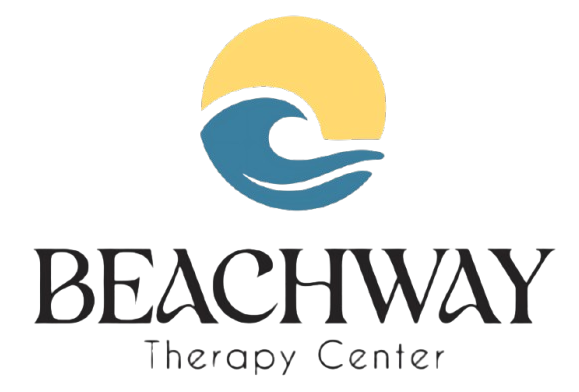

Community-Based Drug Rehab at Beachway
Exploring Flexible Treatment Options in West Palm Beach
Pop culture is brimming with references to rehab in films, books, and comedic monologs, and they have influenced our ideas about what rehabilitation really is. And the one thing that all of the versions of rehab we see this way is that they are actual physical places.
But sometimes rehab can occur in the community, while the addicted person goes to work and lives in their home and takes care of their cat.
What does community-based rehab look like?

Community-based rehab falls into one of these three categories: day programs, intensive outpatient programs, and continuing care.
Day programs offer clients the most structure and support that they will find outside of an inpatient program. Clients go to a physical place, an outpatient facility, which can be located in rehab like the one Amy Winehouse sang about, or in a hospital or a clinic, 5-7 days a week for visits of several hours.
Outpatient facilities offer therapy, group counseling, biofeedback, and other supporting practices such as music therapy.
What happens when the client leaves the outpatient facility for the day? They likely return home to their families or perhaps to what is known as a sober living home, a kind of a group home where people recovering from addiction live together communally, supporting each other.
While it is not impossible to work while committing to a day program, it is not advisable as day programs demand much from clients in terms of time, energy, and spirit.
Intensive outpatient programs (IOPs) respond to the reality that some people living with addictions cannot stop working, caring for their children, or maintaining commitments outside of the outpatient program while striving to become well.
A typical IOP will generally last for 3-4 months, requiring the client to commit more time at the beginning of the program, meet set goals, and commit less time as goals are met.
Though IOPs do not all offer the same predetermined set of therapies and support, they commonly offer counseling, group therapy, education about preventing relapses and encourage participation in a 12-step, or similar, parallel program.

Alcoholics Anonymous (AA) and Narcotics Anonymous (NA) are peer support groups, offering anyone support in their quest to remain drug-free through weekly meetings that non-professional members facilitate.
AA and NA meetings generally last for one hour, with members connecting over tea and coffee before and after meetings. The 12-step program, known by name throughout our culture, is an integral part of the AA and NA experience.
In all of its forms, community-based drug rehab is beneficial in treating addiction as it provides opportunities to learn about addiction, how addiction settles into your mind and body, and how it can be overcome.
Experienced therapists can help those living with an addiction learn how to make better choices, understand the underlying causes of addiction, and live in new ways. There are specific advantages to community-based drug rehab:
Loving, supportive families can play an important role in recovery from addiction, though not everyone is fortunate enough to be surrounded by compassionate, helpful people who are willing and able to support them through recovery.
For some people, living with their family – cooking and then enjoying healthful meals, raking up the leaves from the red maple trees in the backyard, and playing Scrabble – helps them feel grounded as they receive treatment addiction.
It is known that being connected to a network of supportive people, whether they are family members or a tight network of friends, makes a recovery from addiction more likely, and being able to feel these connections whilst undergoing treatment can be helpful to some people.

Not everyone can stop working or leave their children or aging parents with loving family members while focusing on treating their addiction; it is simply not feasible.
Community-based drug rehab provides options for those who cannot walk away from their lives to enter an addiction treatment program, sometimes flexibly assisting with childcare or scheduling so that the addicted person can attend sessions.
Community-based drug rehab requires a deep level of commitment from participants. It delivers an intense program of learning, therapy, and life changes: Its goals are identical to that of in-patient rehab programs, for its participants to learn to live in a new way, without the addictive chemical they have developed an addiction to.
A research report published by European Addiction Research revealed that 64% of patients addicted to alcohol and who participated in community-based drug rehab were sober six months after finishing the program. It should be noted that the research was focused on subsets of subjects, meaning that these results do not hold for a random sampling of all subjects who attend community-based drug rehab, but the news is highly encouraging.
Addiction is indisputably difficult to treat. Every human being who has become addicted to a chemical substance has lived in a unique context that must be explored throughout treatment. There is no absolute path to freedom for addiction for all.
Community-based drug rehabilitation has been proved to be an effective treatment for some people living with a debilitating addiction. Should you or a loved one want to learn more about community-based drug rehab, or if you have any questions about drug and alcohol addiction, contact us at Beachway Therapy Center today.


